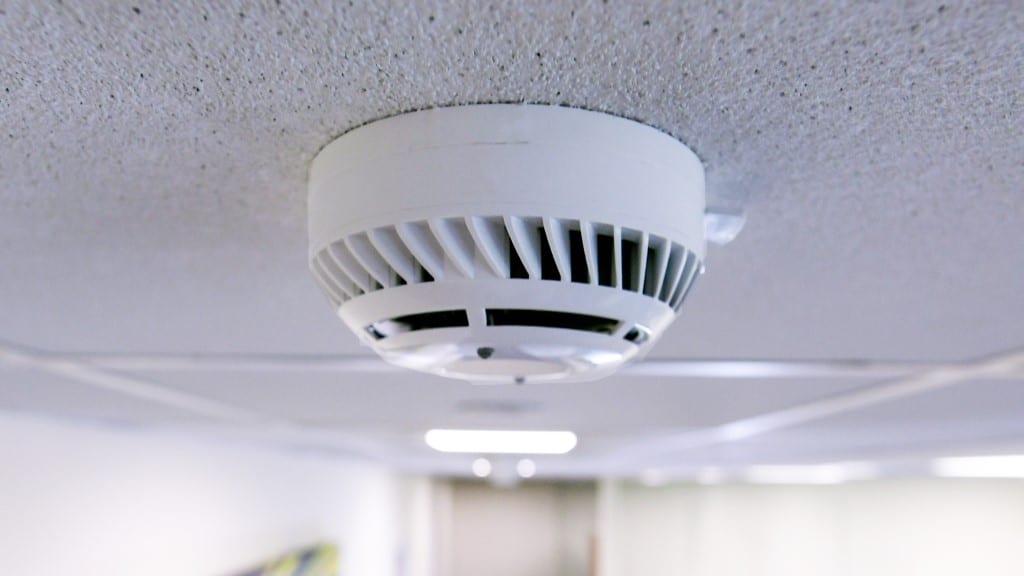Fire detection market analysis: regulation drives growth
- April 24, 2023
- 9:45 am


Iain Hoey
Share this content
International Fire and Safety Journal analyses the current state of the fire detection market
The fire detection market is currently in a period of growth due to various factors. Governments and organisations around the world are implementing regulations that require the installation of fire detection systems, leading to increased demand for these systems. The market is also being driven by advancements in technology, including the adoption of wireless systems and the rise of smart home technology.
However, the market is also facing some challenges, such as concerns about the initial cost of installing fire detection systems and issues related to false alarms and detection failure. Overall, the market is expected to continue growing in the coming years as more attention is placed on fire safety and new technologies are developed.
According to Maximize Market Research, a global electronics business-consulting firm, the fire alarm and detection market was valued at US $34.67 billion in 2021 and is expected to grow at a compound annual growth rate (CAGR) of 8.12% until 2029 when it’s estimated to reach US $64.76 billion. This growth is expected to be influenced by increased deployment of fire safety systems in educational institutes, as well as awareness among residential and commercial sectors for fire detection.
Advancement and innovation in the fire alarm and detection system, as well as rising awareness about fire safety, rapid urbanisation, and industrialisation, are also expected to drive market growth. Governments are also taking initiatives to implement fire protection systems at commercial and residential sectors, which is a positive impact on the business landscape.
However, it is important to note that the high initial costs of the fire alarm and detection system, along with concerns related to false alarms and detection failures, may restrain market growth over the forecast period. Nonetheless, the installation of fire alarm and detection systems from buses to homes is necessary to save lives and avoid injuries and so will contribute to market growth.
A return to growth
Lots of companies, from manufacturers to dealers, have been working hard to make sure everyone from the public to decision makers know more about fire safety. This has involved engaged marketing to get the message out about how important it is to have a fire protection system in place. Forecasts show that it is working as there are wide indication that even small and medium-sized businesses are getting on board. As a result, the fire protection system market has been steadily growing.
Governments all over the world have been making laws and rules to keep us safe from fires at work. This is helping to make fire protection systems more popular all over the world. It is especially important for buildings like homes and offices to have these systems in place, so the market for fire protection systems is going up and up. Businesses use them too, to keep their employees safe and prevent big losses if a fire breaks out.
The COVID-19 pandemic has caused some problems for the fire protection system market. Supply chains have been messed up in lots of countries, and sales have gone down. But people are coming up with new ways to keep everyone safe, and new technology is making it easier to sell fire protection systems to the right people. And as more and more homes are being built, the market for these systems is going to keep growing.
The biggest market for fire alarms and detection systems is in North America, especially the US. The US have increasingly strict rules around fire safety and are investing a lot in their infrastructure to prevent further loss of life and property. The Asia Pacific region is expected to be the fastest-growing market for these systems, though. The region is also investing a lot in infrastructure, meaning lots of opportunities for businesses that sell fire protection systems.
No smoke without fire
The global smoke detector market was worth about US $1.9 billion in 2018 and is expected to reach about US $3.4 billion by 2026.
A study found that in 2017 fire-related accidents caused almost 9 million injuries and over 120,000 deaths worldwide. Most of the injuries happened to people between the ages of 5 and 30, and burns affecting less than 20% of the body were the leading cause of disability among those injured. This mostly happened in low- and middle-income countries.
To prevent accidents like these, better measures need to be taken, and this is expected to increase the demand for smoke detectors. Governments and organisations are starting to require smoke detectors, and advances in technology are making them more accurate and reliable. There is also a growing market for smart smoke detectors that can be controlled remotely through the internet, especially as more people start to use smart home technology.Top of Form

